
KINGSLEY HOLGATE'S AFRIKA ODYSSEY EXPEDITION


We can’t believe our eyes: park manager John Adendorff, some 40 smartly turned-out members of the ranger corps and other staff are gathered under the giant ‘Welcome to Majete Wildlife Reserve’ sign, waiting for our arrival at this remarkable wildlife sanctuary. It’s a magnificent surprise as they form a guard of honour and then, in perfect unison, escort the expedition Defenders in a boot-thumping, chanting formation to the Park’s parade ground and its Ranger Memorial. What an honour for our Afrika Odyssey team.
John grins from ear to ear. “They’re the best,” he says as the corps performs a complicated, close-order parade ground drill to the staccato commands shouted by their imposing, red-sashed sergeant major. They’re preparing for a significant event – Majete’s 20th anniversary celebration.
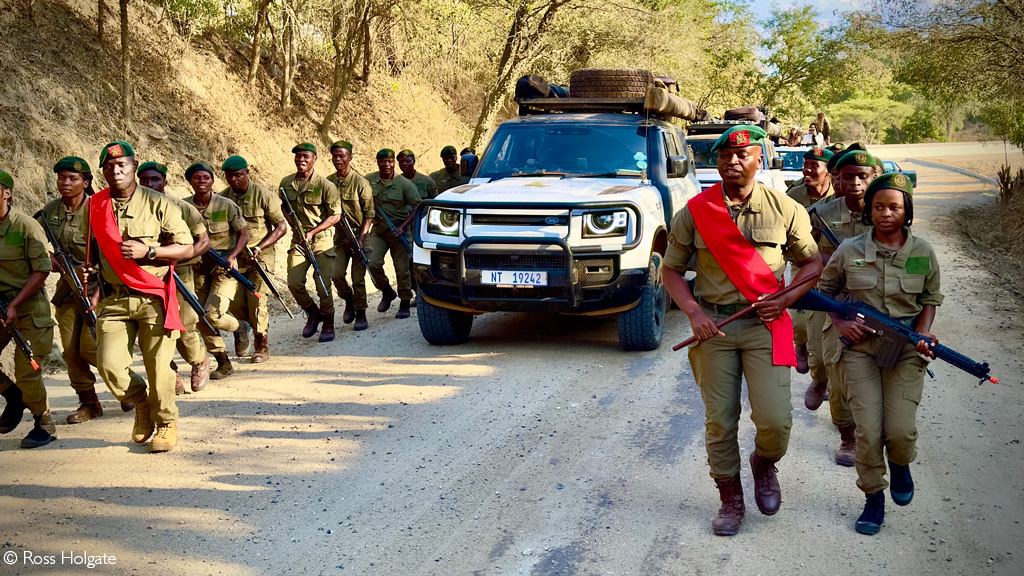
Renowned African explorer Kingsley Holgate and his expedition team from the Kingsley Holgate Foundation recently set off on the Afrika Odyssey expedition – an 18-month journey through 12 African countries to connect 22 national parks managed by African Parks. The expedition’s journey of purpose is to raise awareness about conservation, highlight the importance of national parks and the work done by African Parks, and provide support to local communities. Follow the journey: see stories and more info from the Afrika Odyssey expedition here.

Nestled in the low-lying Shire River valley in southern Malawi and encircled by rugged highlands, Majete is a remarkable tale of a once-declining reserve revitalised into a sanctuary for wildlife. In 2003, it was the first park to come under African Parks management when a historic 25-year agreement with the Malawi government was signed. So began an extraordinary story of hope and restoration, and over the next few days, we find out just how much there is to celebrate. It’s precisely why we’ve dedicated much of our lives to this rather unusual conservation, community and culture-themed journey of purpose.
“Let’s go to where it all began,” suggests John, but I go down with malaria; and have to stay behind to sweat it out at the game capture campsite. The rest of the gang pile onto the back of John’s bakkie and take a wandering track through the reserve, passing towering granite hills, open savannahs and beautiful miombo woodlands dotted with ilala palms, silvery-barked African star-chestnut trees and the occasional baobab, some of which must be over a thousand years old. The park is served by two main rivers: the gentle Mkulumadzi and the mighty Shire, which converge here in Majete before joining the Zambezi to reach the Indian Ocean.

We drive down a steep rocky bank marked by a massive African mahogany tree, one of the biggest we’ve ever seen, to reach the Phwadzi Springs. Held in place by a strangler fig, we find the old, twisted metal ladder leading to a viewing platform once used by George Dudley Hayes – GD for short – a pioneering conservationist who often camped here and played a critical role in Majete being proclaimed a game reserve in 1955. In those days, the area teamed with wildlife, and Hayes recorded in his diary seeing a host of animals at these springs, including sable, eland, zebra, duiker, buffalo, lion, hyena and leopard. In 1956, he casually noted a pack of wild dogs playing around. It was the last known record of the species in Majete.

Here, in this historic place, John adds water to the Zulu calabash and from the eye of the spring, his daughter Josie and Dutch visitors Jules, Matisse and Steven select water-smoothed round pebbles – another of this expedition’s traditions. We’re collecting symbolic pebbles from each of the 22 African Parks-managed areas we visit. We will use them to build a legacy ‘Isivivane’ (stone cairn) at AP’s head office HQ in Johannesburg at the end of this Afrika Odyssey journey in a few months.

Driving back to camp, John shares more about the history of Majete. The subsequent decline of the reserve in the ‘70s and ’80s must have been heart-wrenching for GD Hayes as charcoal burning, logging, and poaching ravaged the wildlife. The last rhino was seen in the ‘80s, large carnivores disappeared in the ‘90s, and the park’s sole surviving elephant was killed in 1992. By 2002, only a handful of antelope remained, the park’s infrastructure consisted of just one broken building, the roads were wrecked, and not a single tourist had visited the park in three years.
 DID YOU KNOW that African Parks offers safari lodges and campsites where 100% of tourism revenue goes to conservation and local communities? You can plan and book your African Parks safari to Majete Wildlife Reserve and other parks by clicking here.
DID YOU KNOW that African Parks offers safari lodges and campsites where 100% of tourism revenue goes to conservation and local communities? You can plan and book your African Parks safari to Majete Wildlife Reserve and other parks by clicking here.
In 2003, African Parks took over the management and the rest, as they say, is history. Since then, more than 5,000 animals from 17 species have been reintroduced, including black rhino, elephant, lion, giraffe and cheetah.
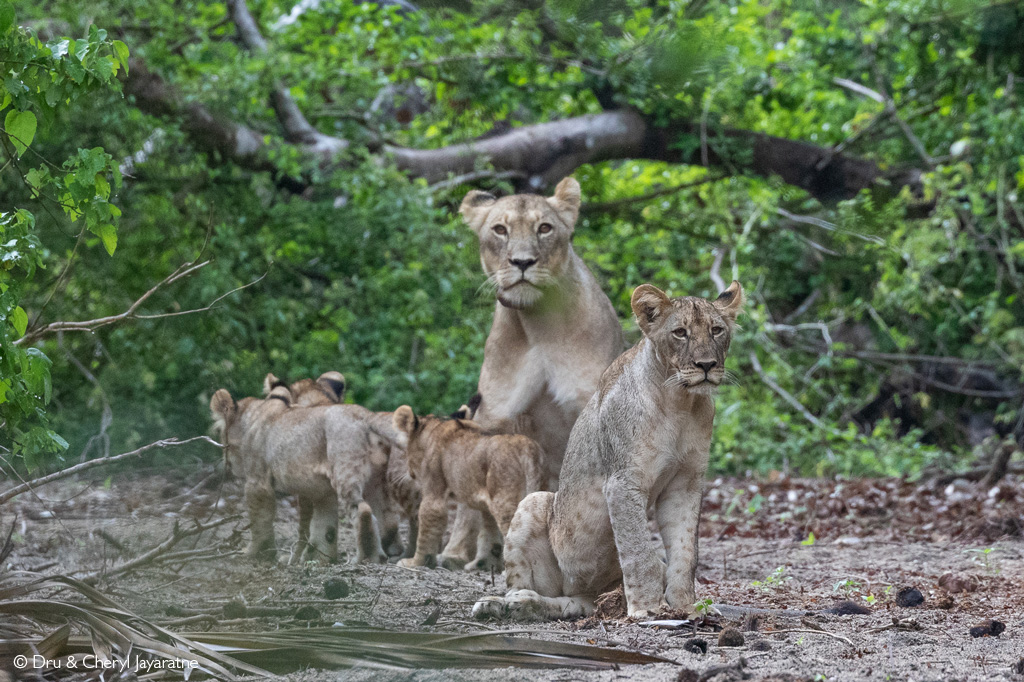
“And isn’t it fantastic that in 2021, we were able to introduce six wild dogs after a 60-year absence, and they’ve just had their second litter of pups – the pack now numbers 24!” says John. “I can just imagine the grin on GD Hayes’ face as he sat up on his tree platform all those years ago.”
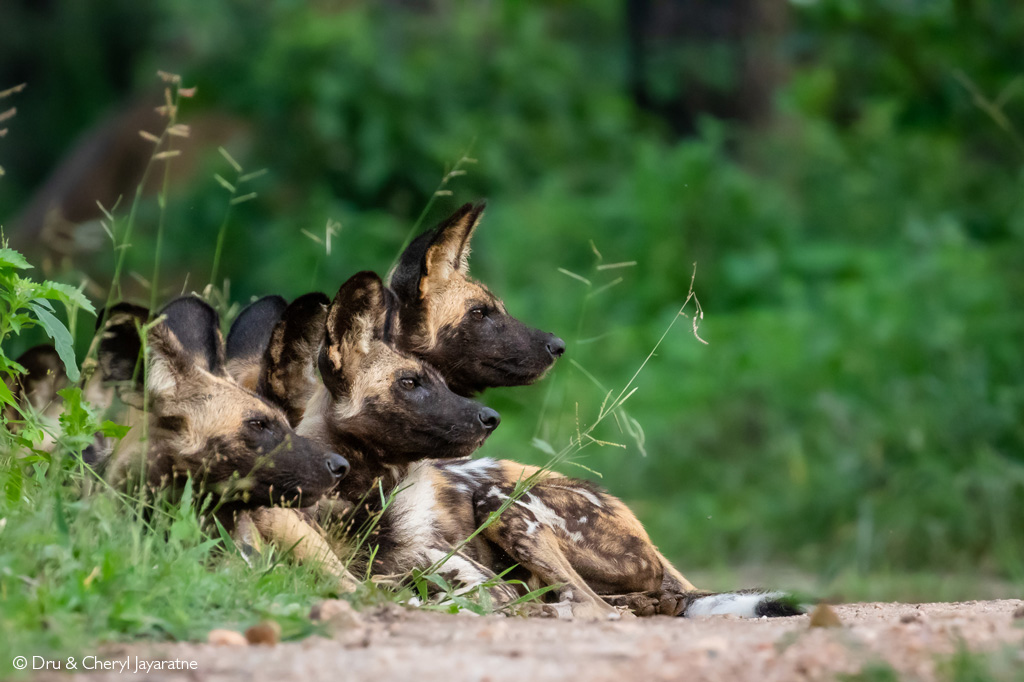
Its recovery has been so successful that Majete has been able to help restore other parks in Malawi, including 150 elephants, as part of the historic 500 Elephants translocation to Nkhotakota in 2017. But that’s only one part of this incredible story. Around the fire at night, John tells us that hundreds of jobs have been created, the park has not lost a single rhino or elephant to poaching, and the surrounding communities have become enthusiastic supporters as they see their livelihoods, health, and education improve, thanks to Majete’s existence.

John’s boundless energy, engaging leadership approach and immense pride in the Majete team are obvious. “We follow the ‘broken window’ policy here: if it’s broke, don’t leave it – fix it!” he tells us. John’s a veritable goldmine of information and never-ending stories; he spent 28 years at Addo Elephant National Park in South Africa’s Eastern Cape, rising through the ranks to leave an indelible legacy before moving to Majete – our ribs ache from laughter at some of his more risqué anecdotes.
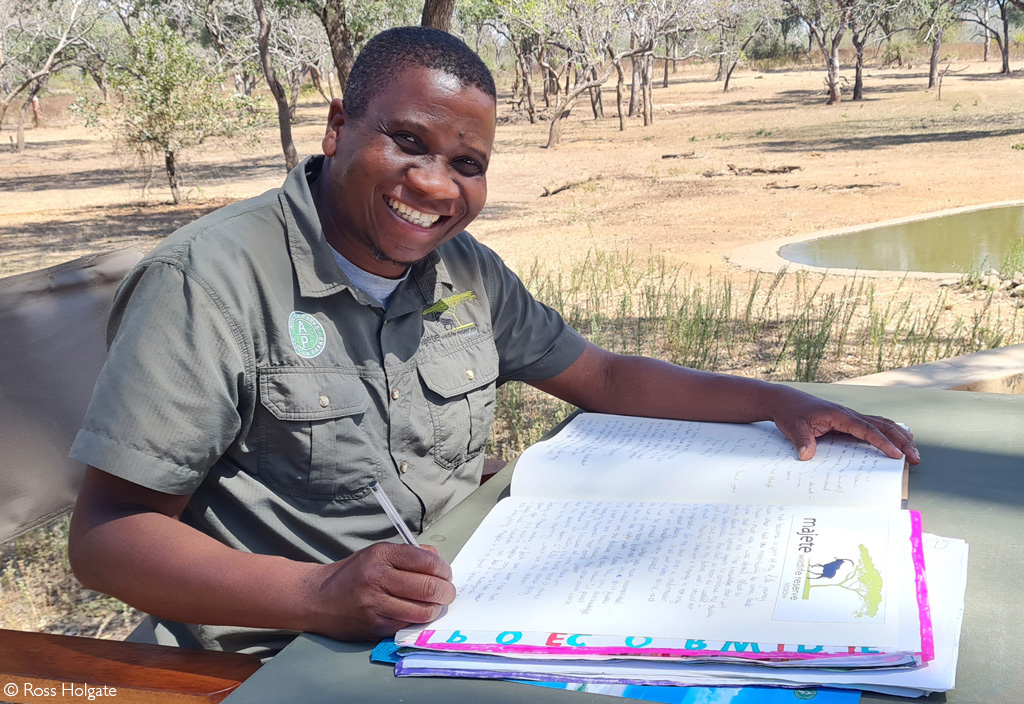
Community extension manager Dixie Makwale, who has a smile as wide as the Shire River, invites us to join their monthly Umuganda community clean-up day. Everyone pitches in – John, the head office team, rangers, wildlife monitors, tourism staff, visiting volunteers, workshop mechanics and handypersons. It takes place at the Kakoma health centre. It includes a ‘chicken parade’ of litter collection, malaria education for pregnant women and moms with infants, eye tests and reading glasses for the poor-sighted, and a Wildlife Art competition.

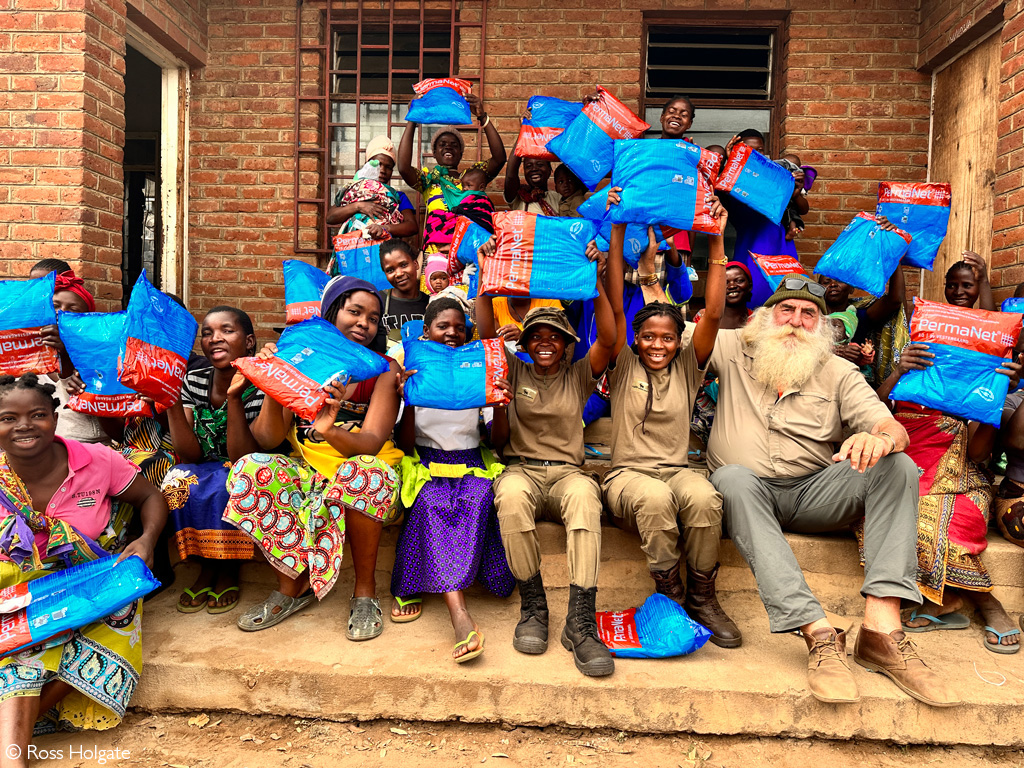

Then, the highlight is a frenetic, crazy-costumed cultural event by the ritualistic Gule Wamkulu dancers, who we’re told are favourites of this region’s Chewa and Manganga people. Dixie also tells us that 50 wildlife clubs have been established, and 2,500 children visited the reserve last year to learn about wildlife conservation first-hand.
He invites us to spend a story-telling evening around the campfire with a group of kids spending a few educational days at the park’s youth camp; we’re astonished at their insightful understanding of environmental issues and the need to protect Africa’s wild areas.
 Considering Majete for your next African safari? Read more about a safari to Majete Wildlife Reserve here, or check out our ready-made safaris here.
Considering Majete for your next African safari? Read more about a safari to Majete Wildlife Reserve here, or check out our ready-made safaris here.
Majete has come a long way in the last 20 years, from a sink to a source of value that now provides hundreds of jobs and supports thousands of community members. At last light one evening, we stand on a granite hill viewpoint with 360° views stretching as far as the eye can see – it’s time to say goodbye to the miracle of Majete. This was Dr Anthony Hall-Martin’s favourite place – it was thanks to his far-seeing grit and determination that this thriving park became the cornerstone of the African Parks story.

On a brass plaque attached to a stone plinth is a tribute to his vision and leadership and a poem he used to recite:
“Make no little plans,
They have no magic to stir men’s blood,
And probably, they will not be realised.
Make big plans deep into the future,
Aim high in hope and work.
Have faith, remembering that a noble plan, once recorded, will never die.
But we will still be a living thing long after we are gone.”
How apt is the last line as his legacy lives on, not just here at Majete but in 21 other wildlife areas in 12 countries across this beautiful continent?
Our visits to Malawi’s three African Parks-managed conservation areas of Nkhotakota (the old forest reserve that’s been reborn and restocked with 500 elephants and more), Liwonde & Mangochi (a picture-postcard park that’s been wholly revitalised) and now Majete (African Parks’ very first project now celebrating 20 years of operation – a complete miracle of conservation that’s become Malawi’s most visited Big five reserve), have all been wonderful, eye-opening experiences for the Afrika Odyssey expedition team. We’re truly delighted that this small country of Malawi has provided us with such valuable stories of hope for Africa’s wildlife and wild spaces.
Zikomo Kwambiri, and congratulations to everyone.

Resources
Malawi’s Majete Wildlife Reserve is a booming Big 5 destination. Be drawn by epic scenery, cheetahs & wild dogs, & the mighty Shire River. Read more about Majete here.
To comment on this story: Login (or sign up) to our app here - it's a troll-free safe place 🙂.![]()




